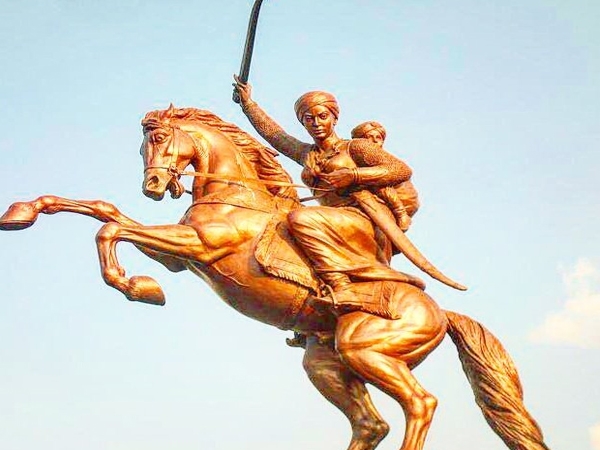Remembering the icon of bravery on her birth anniversary: Rani Lakshmibai symbolizes women power till date
Mumbai, November 19: Rani Laxmibai, the name itself is a metaphor for bravery. While many people think women empowerment, feminism are just only concepts imported from the west, they are totally wrong. Along with scholars, India had great warriors also on the list of empowered women.. Hence almost after three centuries, the nation remembers her on her birthday. The queen of Jhansi was one of the leading figures of the Indian Rebellion of 1857 and inspired many other freedom fighters later.

After Maharaja of Jhansi fell sick, the royal couple adopted a son and named him Damodar. In 1853 Gangadhar Rao died, after which British Raj denied Damodar Rao’s claim to the throne. The British East India Company under Governor-General Lord Dalhousie applied the Doctrine of Lapse. This doctrine was a great means of British to grasp properties of local rulers. It said any princely state or territory under the direct influence of the East India Company would automatically be annexed if the ruler died without a direct heir.
During the expansion of British colonial rule, Jhansi became a focal point of the anti-British campaign. Rani Laxmibai formed a mutual force by taking help of other leaders including Rao Sahib and Tatya Tope at Kalp. The rebels also assumed charge of the rebels in the Bundelkhand region. When East India company surrounded the fort of Jhansi, she was adamant so save her palace. Even after forces of other rebel leaders lost, she did not surrender and managed to leave the fort. After that rebel leaders even took the power of the city-fortress of Gwalior. But later in a fierce battle with British Force, she lost her lives. She actually did not lose the battle, she only wrote the prelude to a greater battle. Till now Indian women look up at her to seek inspiration.